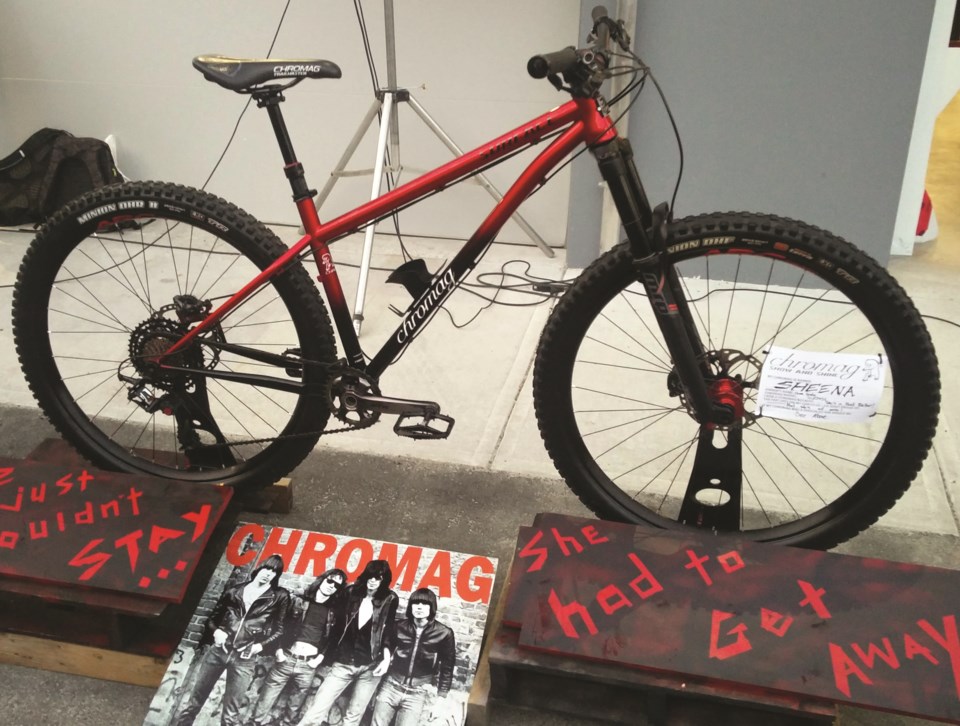There was a time when the term “hardtail” didn’t exist, when mountain bikes were instead distinguished as “fully rigid” (rigid fork and frame, like a BMX) or “with suspension,” where the rigid frame was upgraded with a suspension fork. Thankfully, only the latter exists today for mountain bikes, the fully rigid seemingly relegated to the disciplines of cyclocross, gravel biking and cycle touring.
Full suspension mountain bike frames have been continuously iterated for a couple of decades now and many riders are too young (or entered the sport too late) to know anything different. There was a time when the inclusion of rear suspension on bikes was argued as a “cheating move” by purists, which promptly lost steam once everyone could see how fast the World Cup Downhill riders could go. That, and trying one out for themselves and realizing how much more comfort and fun was to be had. The current and diminishing trend of loving to hate e-bikes isn’t much different.
Yet despite being relegated to somewhat of an endangered species in advanced trail riding, hardtails have persisted. Just look at our own home-grown brand in Whistler/Pemberton—Chromag. While the majority of Chromag-labelled gear out there are its stylish accessories, true membership in the Chromag cult comes from riding one of its hardtails. I witnessed the epitome of this cult-like behaviour back in 2014 when I was a sports reporter for the Whistler Question. The event was called “Exiled to Steel Street,” a course over 70-kilometres long and 2,700-metres of elevation gain, otherwise described by participants as “just another Tony Horn race.” The catch? Only Chromag frame bikes were allowed to enter. Sixty-six masochists braved the course. Not everyone finished it, but the camaraderie around this brand was unlike anything I’d seen in the sport of mountain biking.
Having learned to ride on a fully rigid mountain bike in the ‘90s (it took a while to save up for suspension forks as a teenager at the time), I’ve always had a solid respect for hardtails. Much like the estranged off-road cousin, the BMX, a rigid frame has a definitive response to the trail, and to your mistakes. You feel everything. There’s no better way to learn mountain biking. You ride closer to your own ability, make wiser line choices and it encourages a stronger body position, rather than simply kicking back and riding the rear like we do on modern enduro bikes (author guilty as charged).
My reluctant hardtail experiment began late in the 2020 summer when I disintegrated my carbon full suspension frame in a crash. Unable to warranty, repair or replace the broken front triangle, I quickly realized that the global bike shortage could leave me high and dry with no trail bike. I managed to get my hands on a Chromag Rootdown—one of the brand’s most popular frames—that would fit my 29-inch wheels. I transferred all the components over, including a 160-mm travel fork.
I wish I could say that the first ride was a dream, a nostalgic journey back to my roots with the sport, but that was only on the climbs. I stumbled down the Pamplemousse trail in Squamish getting bucked like a rodeo cowboy, the strain on my ankles, hips and lower back so excessive that I almost booked a physio appointment on the spot. After a few rides I began to understand the importance of line choice again, rather than heedlessly motoring over roots and rocks. Jumps required an exact speed; come up too short and you’re going to painfully case it, too fast and you risk overshooting or not being able to slow down in time for the next obstacle or corner.
Frustrated with my regression, I consulted a good friend who is a hardtail veteran, having spent many years riding a Chromag Gypsy before the frame finally succumbed to his abuse. Some words of wisdom he gave me were, “Hardtails can go really fast, they just can’t slow down very fast.” While the front fork does a great job of keeping the front tire in contact with the trail, at a certain speed the rear tire begins to simply skip from the top of one obstacle to the next, hence a lack of rear braking power.
A tip he gave me was to adjust my stance on the bike and shift my hips forward: “You can’t have so much weight back there with no give.” This made all the difference. Now that I was consciously shifting my weight forward on the bike and getting my chin closer to handlebars in a strong push-up position, the forces striking the rear wheel of my hardtail were not affecting my control or contributing nearly as much fatigue to my body.
I’ve employed this same stance on my downhill bike in the bike park and have had some of the fastest runs in years with unprecedented cornering traction. I realize if I had a regular session with a mountain-bike coach they probably would have told me the same thing, but the discipline that a hardtail demands of you as a rider, is an incredible learning tool.
I’ve definitely found I like riding certain trails more than others sans rear suspension. Steep, slabby and technical trails are great. Fast, rough trails with unforgiving jumps or drops are not so great. In any case, the year of the hardtail experiment has (so far) turned out to be a success. It likely won’t stick as my primary trail bike for the long term, but revisiting my roots in mountain biking was well worth the stiff and sore muscles.
Vince Shuley agrees that steel is real. For questions, comments or suggestions for The Outsider email [email protected] or Instagram @whis_vince.





